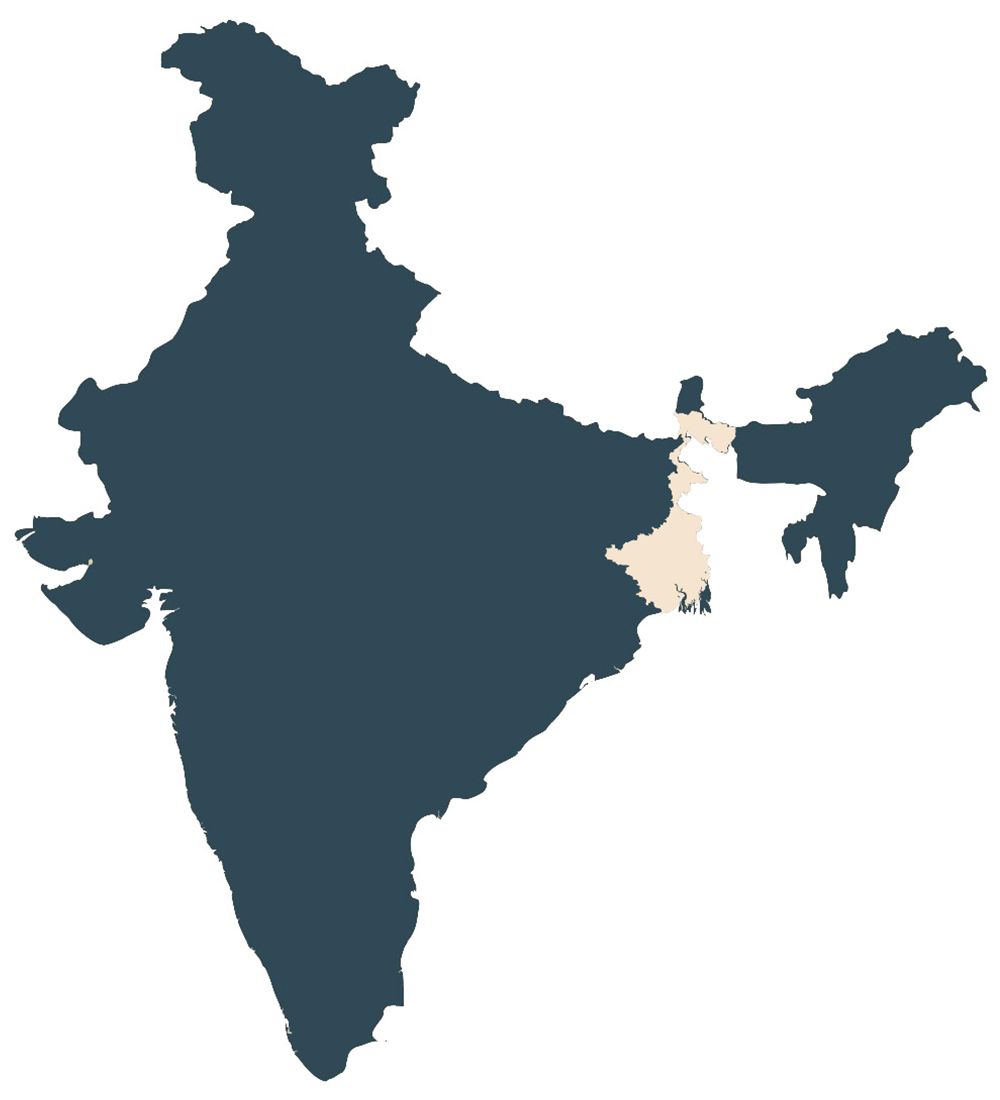
Capital : Calcutta
Population : 98,000,000 inhabitants
Main cities : Calcutta, Darjeeling, Jalpaiguri, Kalimpong
When to go : September to April
Bengal today refers to a geographical area in the east of the Indian subcontinent shared between India and Bangladesh. The name Bengal has not covered exactly the same area over the centuries. This area also more or less overlaps with the distribution area of the Bengali language. In total, historic Bengal covers an area of approximately 250,000 square kilometers, and today, the state of Bangladesh covers more than 50% of the area of historic Bengal.
Bengal came under Muslim control during the 13th century and became a prosperous region of industry and commerce during the era of the Mughal Empire in the 16th century. European merchants settled from the end of the 15th century then the British dominated the region from the end of the 18th century. It was from Bengal that they would eventually extend their power over most of India. Management and ownership of land will mark Bengali society, which will be very hierarchical: the big owners were generally Brahmins, that is to say members of the high Hindu castes, and the farmers were mainly Dalits, i.e. that is to say members of the lower castes. Dalits were particularly numerous in the Ganges Delta region. When the Mughals arrived, a large part of the Dalits converted to Islam, to hope for another social status and a better future. Muslims were most numerous in East Bengal, in the Delta region.